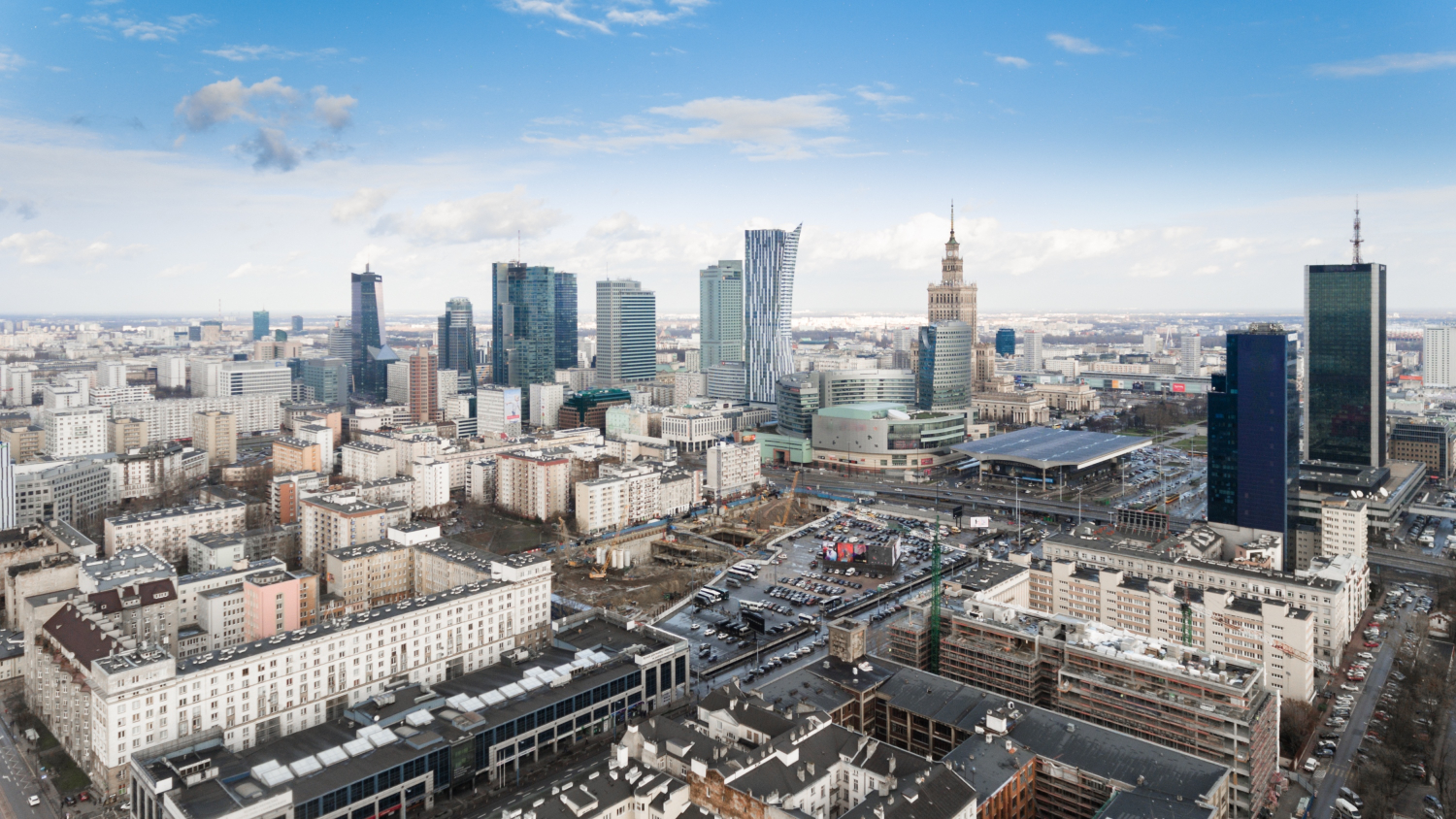
Most CEE economies have seen faster recoveries post-Covid than Western EU economies, with Poland, Hungary, Romania and the Baltics being especially strong performers. However the global inflationary pressures, higher interest rates and supply chain issues, together with the possible recession in China, might impact CEE economies in the second half of 2022 due to their reliance on capital flows from other parts of the world, reveals a report by Colliers.
“At circa. €5.3 billion for H1 2022, CEE volumes were up 8.5% year-on-year. Q1 recorded quite strong activity, only to slow again in Q2. There was a high volume of M&A activity via stock acquisitions or transfers, but these are not recorded in the volumes. Colliers estimates that year-end volumes will reach between €9.0 and 10.0 billion for 2022”, explained Kevin Turpin, Regional Director of Capital Markets, CEE at Colliers.
CEE investment volume growth rates
Poland recorded a 56% share of H1 2022 volumes followed by the Czech Republic and Hungary with 16% and 12% respectively. Investors remain cautious considering the geopolitical and economic sentiment, increased financing costs and anticipated shifts in pricing that are likely to play out during H2 2022.
CEE flows by sector
The office sector dominated the first half of 2022, with particularly strong activity recorded in Poland. Retail followed thanks to the complete sale or sale of shares in the Tesco and EPP portfolios. Logistics and residential continue to be in high demand but are being held back by the shortage supply of available product.
CEE flows by origin of buyer
CEE domestic capital has been the most active in H1, with a 40% share of total volumes. In particular, Czech and Hungarian capital continues it drive with 20% and 11% of the total regional volume, respectively. This was followed by North American (25%) and European capital (21%). South African capital has also been more active in recent months, while Asian capital, typically Chinese and South Korean, has been fairly quiet so far this year.
“Investors currently have a complicated playing field, considering the relative geographical vicinity of the war in Ukraine and its wider implications on fuels, energies and further disruption to supply chains, plus the less than positive macroeconomic and geopolitical trends that are developing. That said, these are not exclusive challenges to the CEE region or its individual countries, and opportunities should be considered accordingly,” added Kevin.



